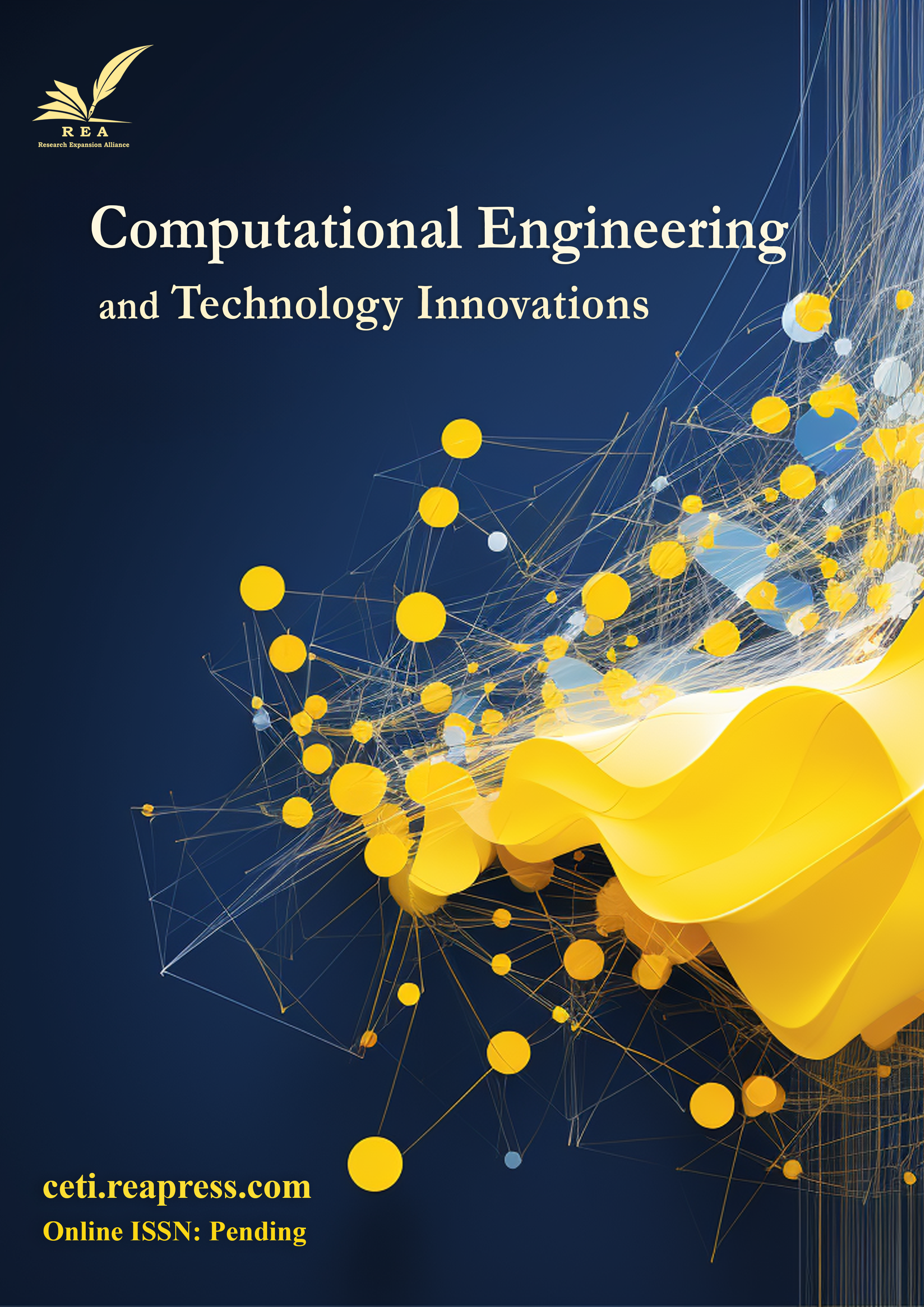Fog Computing for Distributed IoT Data Processing in Smart City Networks
Abstract
The swift expansion of Internet of Things (IoT) devices in urban areas has resulted in immense amounts of data that require prompt and efficient processing. Conventional cloud-based methods often encounter issues related to latency, bandwidth limitations, and privacy risks. Fog computing, which is a decentralized computing framework, emerges as an attractive solution by positioning computing resources nearer to the data origin. This paper investigates the use of fog computing for decentralized IoT data processing within smart city networks. We highlight the main advantages of fog computing, such as lower latency, improved bandwidth efficiency, better privacy, and greater reliability. Furthermore, we analyze the possible applications of fog computing across various sectors in smart cities, including traffic management, environmental surveillance, smart grids, and public safety. By utilizing fog computing, smart cities can fully exploit IoT data to enhance efficiency, sustainability, and the overall quality of life for their inhabitants.
Keywords:
Fog computing, IoT data processing, Smart city networks, Latency reduction, Distributed computingReferences
- [1] Yi, S., Li, C., & Li, Q. (2015). A survey of fog computing: concepts, applications and issues [presentation]. Proceedings of the 2015 workshop on mobile big data (pp. 37–42). https://doi.org/10.1145/2757384.2757397
- [2] Haroon, A., Shah, M. A., Asim, Y., Naeem, W., Kamran, M., & Javaid, Q. (2016). Constraints in the IoT: the world in 2020 and beyond. International journal of advanced computer science and applications, 7(11), 252-271. https://pdfs.semanticscholar.org/5f2a/4982a8adef2d1a6d589a155143291d440c0a.pdf
- [3] Jari, K.-O., & Lauraéus, T. (2019). Analysis of 2017 Gartner’s three megatrends to thrive the disruptive business, technology trends 2008-2016, dynamic capabilities of VUCA and foresight leadership tools. Advances in technology innovation, 4(2), 105. https://www.utupub.fi
- [4] Mouradian, C., Naboulsi, D., Yangui, S., Glitho, R. H., Morrow, M. J., & Polakos, P. A. (2017). A comprehensive survey on fog computing: State-of-the-art and research challenges. IEEE communications surveys & tutorials, 20(1), 416–464. https://doi.org/10.1109/COMST.2017.2771153
- [5] Dubey, H., Yang, J., Constant, N., Amiri, A. M., Yang, Q., & Makodiya, K. (2015). Fog data: Enhancing telehealth big data through fog computing. Proceedings of the ase bigdata & socialinformatics 2015 (pp. 1–6). https://doi.org/10.1145/2818869.2818889
- [6] Liu, F., Tong, J., Mao, J., Bohn, R., Messina, J., Badger, L., … others. (2011). NIST cloud computing reference architecture. NIST special publication, 500(2011), 1–28. https://www.cs.cmu.edu/~garth/15719/papers/nist_cloud_computing_reference.pdf
- [7] Goudarzi, M., Ilager, S., & Buyya, R. (2022). Cloud computing and internet of things: recent trends and directions. New frontiers in cloud computing and internet of things, 3–29. https://doi.org/10.1007/978-3-031-05528-7_1
- [8] Perwej, Y., Haq, K., Parwej, F., Mumdouh, M., & Hassan, M. (2019). The internet of things (IoT) and its application domains. International journal of computer applications, 975(8887), 182. https://www.researchgate.net
- [9] Mohapatra, H., Rath, A. K., & Panda, N. (2022). IoT infrastructure for the accident avoidance: an approach of smart transportation. International journal of information technology, 14(2), 761–768. https://doi.org/10.1007/s41870-022-00872-6
- [10] Mohapatra, H. (2009). HCR using neural network. Biju patnaik university of technology, phd dissertation. https://www.researchgate.net
- [11] Taneja, M., & Davy, A. (2016). Resource aware placement of data analytics platform in fog computing. Procedia computer science, 97, 153–156. https://doi.org/10.1016/j.procs.2016.08.295
Published
Versions
- 2025-04-26 (2)
- 2025-04-26 (1)


